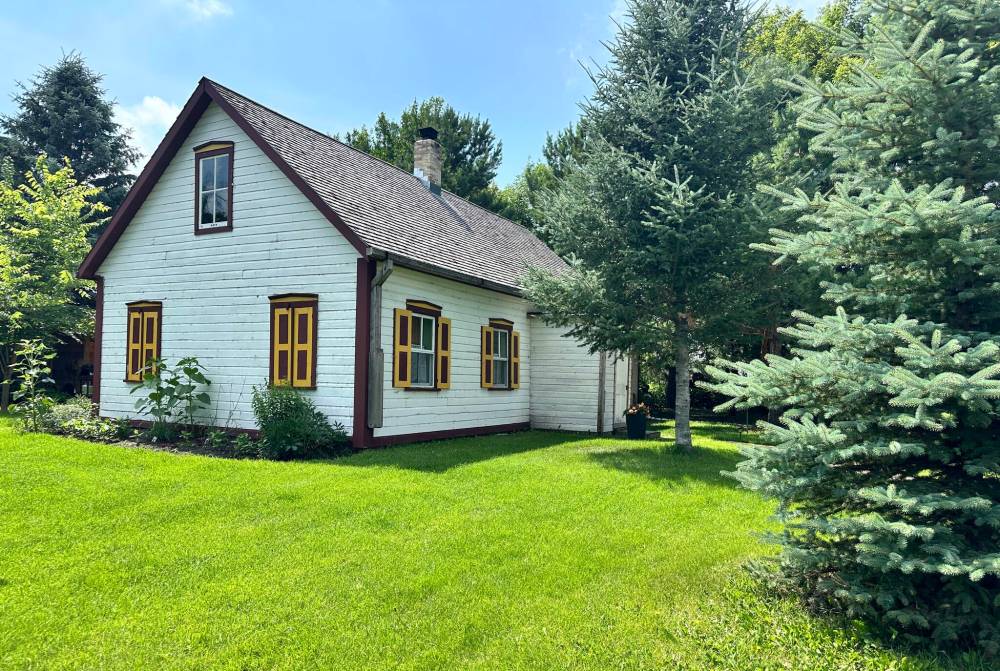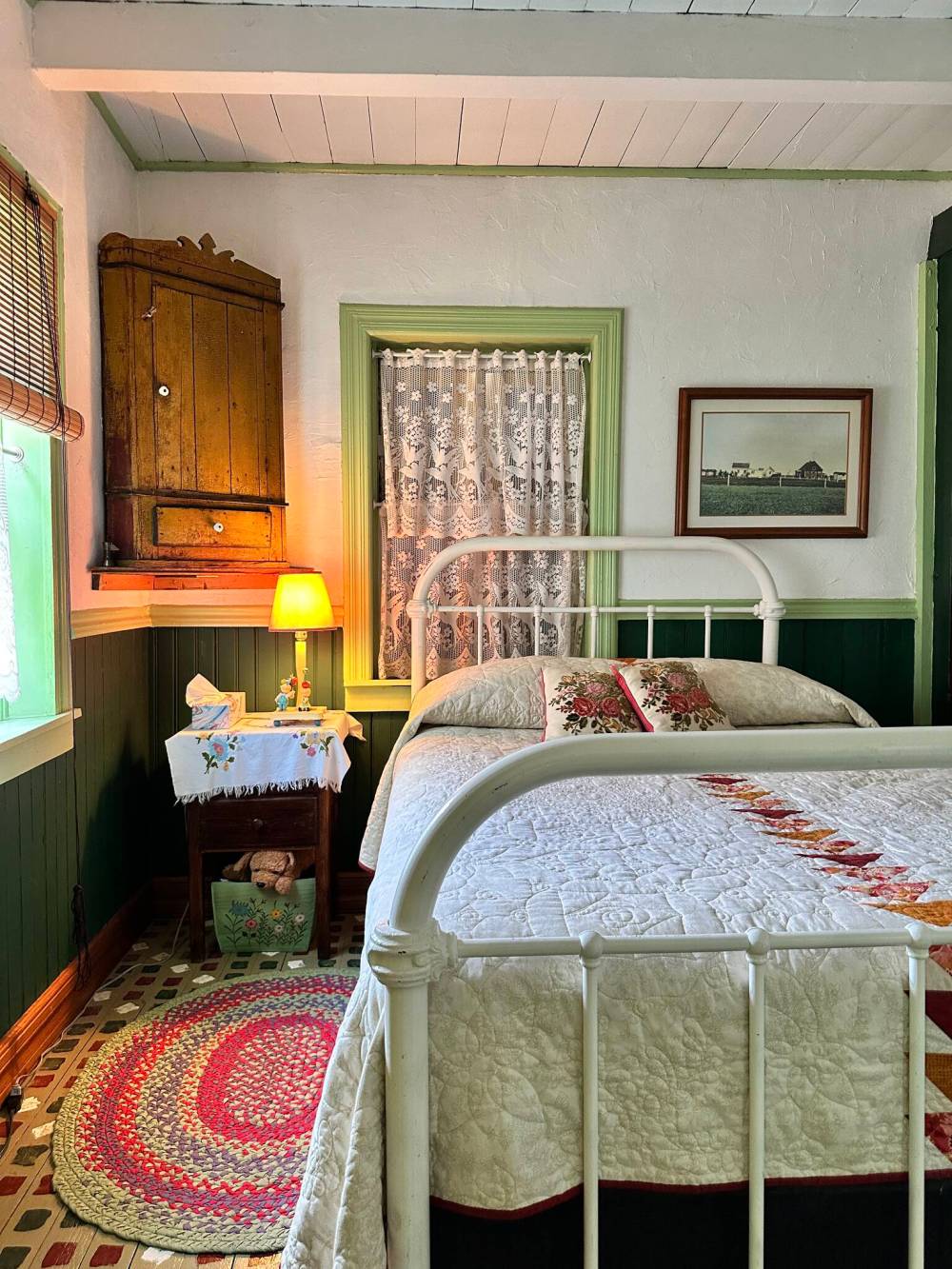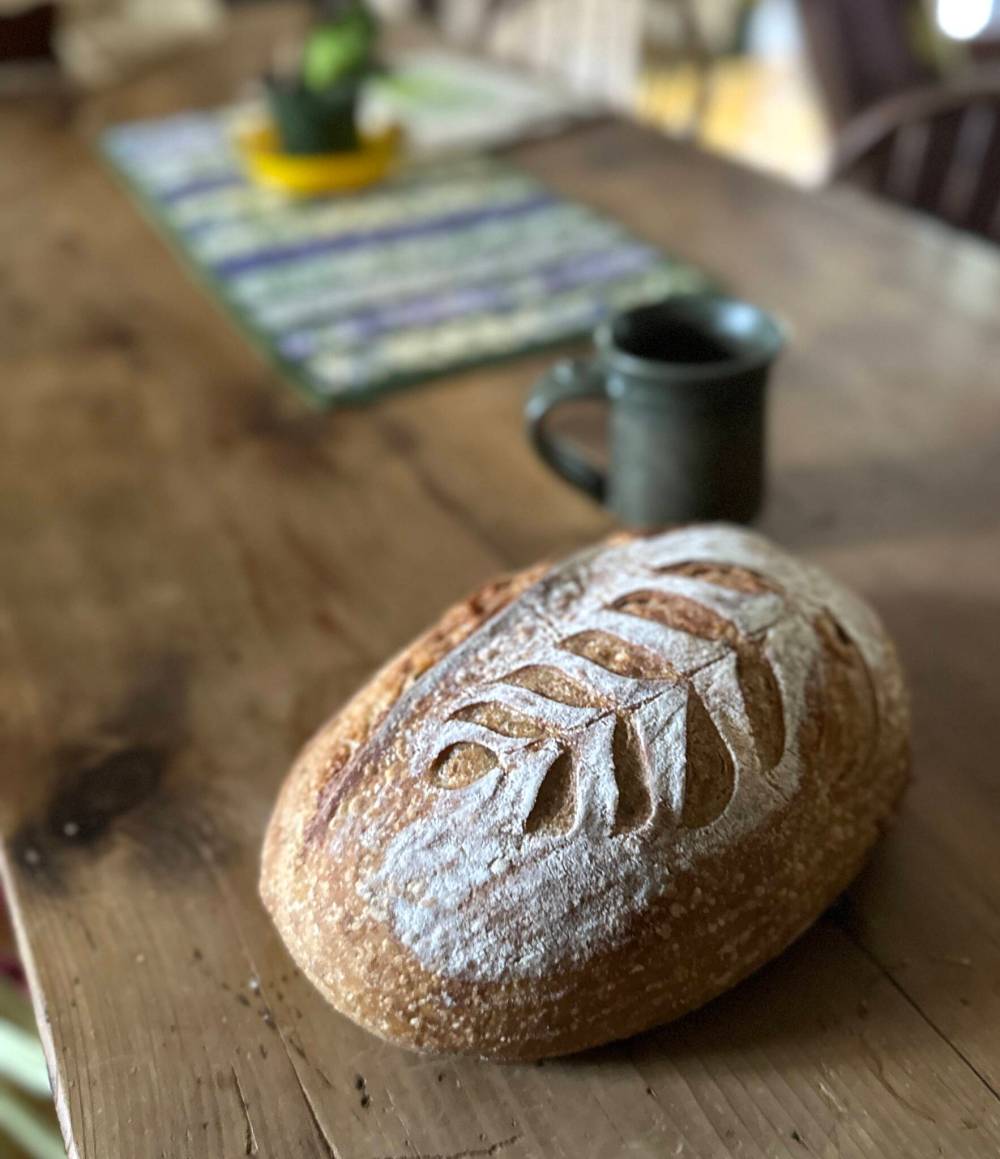A Mennonite moment
History’s brought to life in Neubergthal
Advertisement
Read this article for free:
or
Already have an account? Log in here »
To continue reading, please subscribe:
Monthly Digital Subscription
$0 for the first 4 weeks*
- Enjoy unlimited reading on winnipegfreepress.com
- Read the E-Edition, our digital replica newspaper
- Access News Break, our award-winning app
- Play interactive puzzles
*No charge for 4 weeks then price increases to the regular rate of $19.00 plus GST every four weeks. Offer available to new and qualified returning subscribers only. Cancel any time.
Monthly Digital Subscription
$4.75/week*
- Enjoy unlimited reading on winnipegfreepress.com
- Read the E-Edition, our digital replica newspaper
- Access News Break, our award-winning app
- Play interactive puzzles
*Billed as $19 plus GST every four weeks. Cancel any time.
To continue reading, please subscribe:
Add Free Press access to your Brandon Sun subscription for only an additional
$1 for the first 4 weeks*
*Your next subscription payment will increase by $1.00 and you will be charged $16.99 plus GST for four weeks. After four weeks, your payment will increase to $23.99 plus GST every four weeks.
Read unlimited articles for free today:
or
Already have an account? Log in here »
The wooden tabletop is worn smooth. I imagine old hands dusting the surface with flour, then gently tipping out heavy bowls of dough to be kneaded into daily bread. Her work begins. She lifts her eyes to see the barn, its tidy row of windows letting in the light. The cattle are lowing, happy to be fed before milking. She hears the quiet conversations of her kin as they go about the first chore of the day. Their work begins, too.
At the Herdsman’s House in Neubergthal, a tiny village near Altona, it’s easy to imagine life in 1880, especially since this is definitely not a look-but-don’t-touch museum. This is one of Manitoba’s most unique overnight accommodation options, where you’ll sleep under hand-stitched quilts and shuffle across hand-painted wooden floors. Wake up to farm eggs, fresh sourdough and locally roasted coffee beans that you’ll grind, by hand.
Herdsman’s House is part of the village of Neubergthal, a national historic site and one of the only remaining single-street Mennonite villages in Manitoba, a remarkably intact combination of private and communal spaces for farming and living.

Travel Manitoba
The growing sculpture garden at Gallery in the Park in Altona features works by local, national and international artists.
Here’s our list of how to explore the village and its surroundings.
1. Stroll through history
The Neubergthal Historical Foundation hosts guided tours of the village in the summer months. The five stops offer a showcase of the Dutch, German and Russian architectural influences of the first residents, plus you’ll get to walk through a housebarn, one of the most unique (and practical) buildings in the village. There’s also a self- guided tour option — which makes for a perfectly leisurely evening stroll. Pop into the Commons Barn for booking and payment.
2. Meet Margruite
Since 1998, artist Margruite Krahn has lived and worked in Neubergthal and she’s undoubtedly the fire that keeps the history of the village alive. She’s responsible for uncovering and restoring the signature wooden painted floors found in many of the buildings in the village. Beyond that, her work, often on large canvases, is bold and breathtaking. She owns Herdsman’s House and lives in the barn next door. You may be lucky enough to get a tour of her studio (herdsmanhouseartist.com)

Shel Zolkewich
The Herdsman’s House in Neubergthal, built in the 1880s, is part of an early Mennonite street village and national historic site.
3. Go to Ukrainian House
Just a few kilometres away from Neubergthal, tucked onto the Oakview Golf & Country Club near Gretna, is one of Manitoba’s newest Ukrainian restaurants. The menu at Ukrainian House includes syrnyky — a cottage cheese pancake — for breakfast, and nalysnyky, meat-filled crepes, for dinner. In between, there’s borscht, potato pancakes, chicken cutlets with mushroom sauce, cabbage rolls and, of course, varenyky (perogies). International favourites such as quesadillas, shawarma and pizza also make their way onto the menu.
4. Visit Gallery in the Park
Rose-Aimee Belanger’s charming sculpture called Les chuchoteuses (The Gossipers) first caught my eye when it was installed in Winnipeg. The bronze piece of three women chatting is now at home in the outdoor sculpture garden at Gallery in the Park, Altona’s impressive arts hub. Built in 1902, the grand home now boasts six installation rooms on two floors to house its permanent collection along with touring exhibits, with the growing sculpture garden surrounding it. And admission is free!
5. Splish, splash!

A hand-stitched quilt and tranquility await at a bedroom inside historic Herdsman’s House.
Once you’ve had your art fix, it’s time to soak up the dog days of summer at Altona’s Aquatic Park. There’s a huge spraying sunflower, a whopper of a waterslide and a junior Olympic-sized pool for staying cool. Tables, chairs and umbrellas line the park for those who love to lounge. Fitness lengths and aquacise sessions happen Saturday mornings for the energetic.
6. Pick a bouquet
Take a 40-minute drive north toward Rosenort where Lily Stone Gardens awaits. The stunning restored barn on this rural property houses an overflowing retail shop and a stem bar where visitors can choose from pre-picked blooms. Or head to the gardens for a U-pick experience. Your bouquet will be cut, tied, watered and wrapped for the trip home. At the Lily Stone Café in Rosenort, breakfast and lunch are served and it would be wrong not to order the giant cinnamon bun.
7. Many museums!
Musee Saint Joseph Museum is a quirky collection of agricultural buildings and artifacts at 14 Etienne Avenue in the hamlet of Saint Joseph, about 12 kilometres northeast of Neubergthal. There’s also the Winkler Heritage Museum (45 km) and Fort Dufferin National Historic Site of Canada (26 km) at Emerson, the remains of a complex of buildings that was used by the North American Boundary Commission and later the North West Mounted Police.




